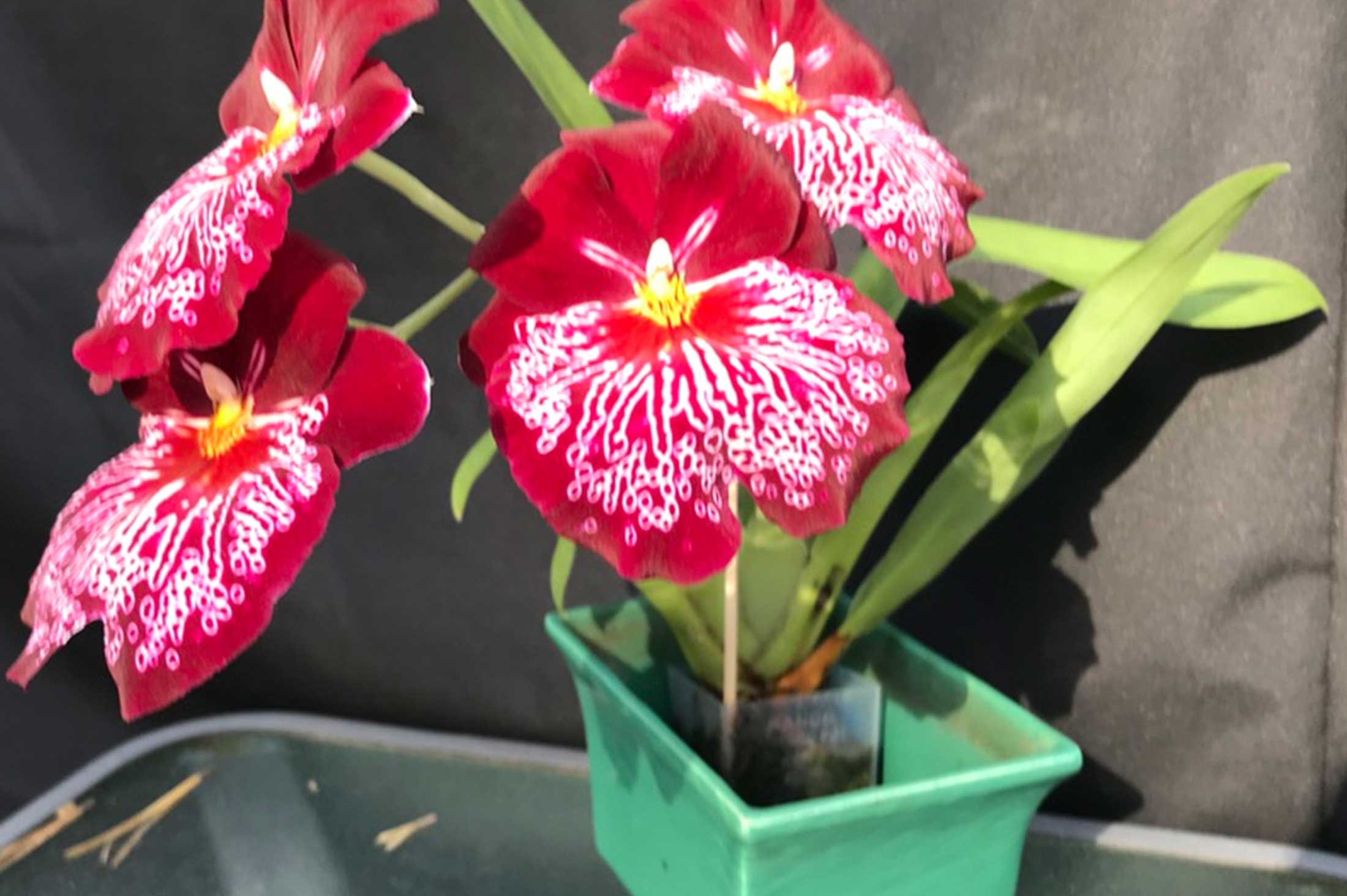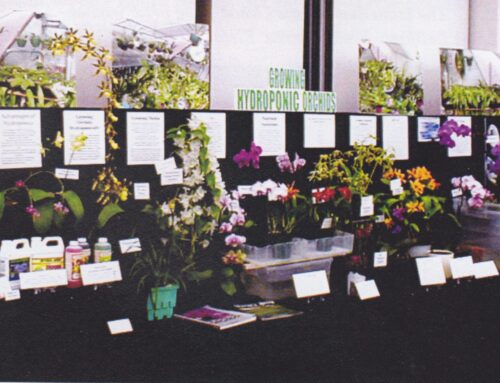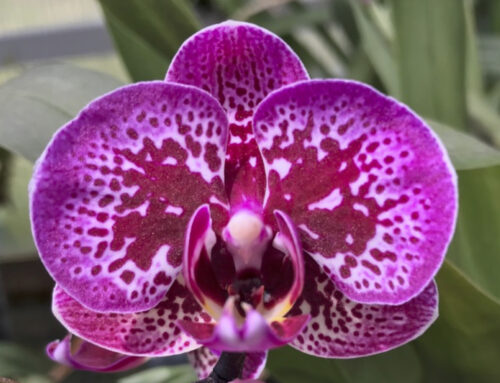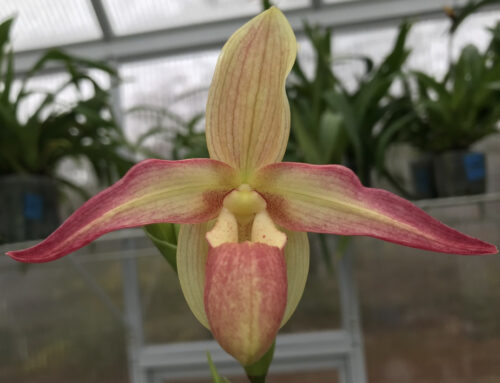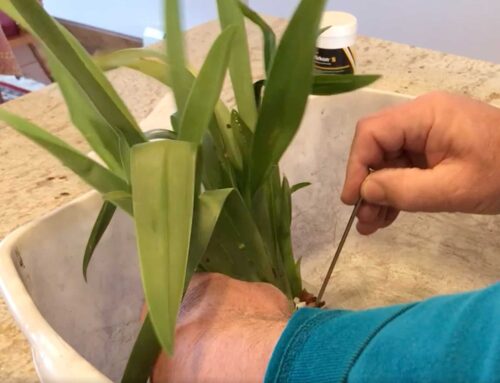Repotting
You should only repot orchids when you NEED to repot orchids. Many orchids resent the root disturbance that comes with repotting, so it is not a good idea to repot needlessly. The following reasons are the only times you should consider repotting : 1)The potting mix has broken down; 2)Your plant has a health problem, so the roots need to be examined; 3)The plant was accidentally dropped and got damaged or unpotted in the process; 4)The plant has outgrown it’s pot. (“Outgrown” orchids like to be tight in their pots and thrive best when this is the case. In fact, Cattleya alliance plants actually bloom best when they are 1 or 2 growths off the edge of the pot, so repotting them sooner deprives you of a nice display of flowers.)
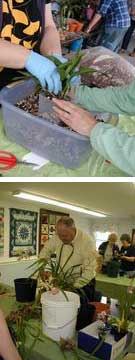
When to Repot
Consider the growth habits and culture of your orchids. The optimal time to repot is after the plant has bloomed and is beginning a new growth cycle. The emergence of a new leaf, new roots, or a new pseudobulb signals this time.
Early Spring
This is the best time to repot most orchids as the days are getting longer; you see new growth; and they are no longer blooming. It the time to check your Brassavola (Winter – Spring) , Cattleya(Spring/Fall), Catasetums, Cymbidiums, Dendrobiums, Epidendrums, Encyclia, Ludisia(Winter-Spring), Masdevallia, Oncidiums, Paphiopedilum, Phalaenopsis (Spring-Summer), Sophronitis, Stanhopeas (Spring/Fall)
Repot in Fall
Doritaenopsis (Fall-Winter), Miltonia, Miltoniopsis, and Vanda.
Other Times Repotting May Be Necessary
Repotting may be required if an orchid is infested with bugs. If bugs keep recurring it is sometimes because they have taken their operations underground and are munching on the roots or in the media. Removing all of the old mix, carefully cleaning and examining the roots and repotting in fresh mix is often a critical step in eradicating a persistent pest issue.
Pot Size
Should be selected according to the size of your plant’s root mass and growth habit. When potting epiphytes (tree-dwellers), these are lateral or shallow rooters, so choose pots that are not as deep as they are wide. When potting terrestrial types (ground dwellers), they will want to root deeply, so choose pots that are deeper than they are wide. If the current pot is the right size, then you should clean it and re-use it!
—
From the April 2013 issue of Orchids Magazine
Prepared by the AOS Education Committee with Photographs by Greg Allikas

